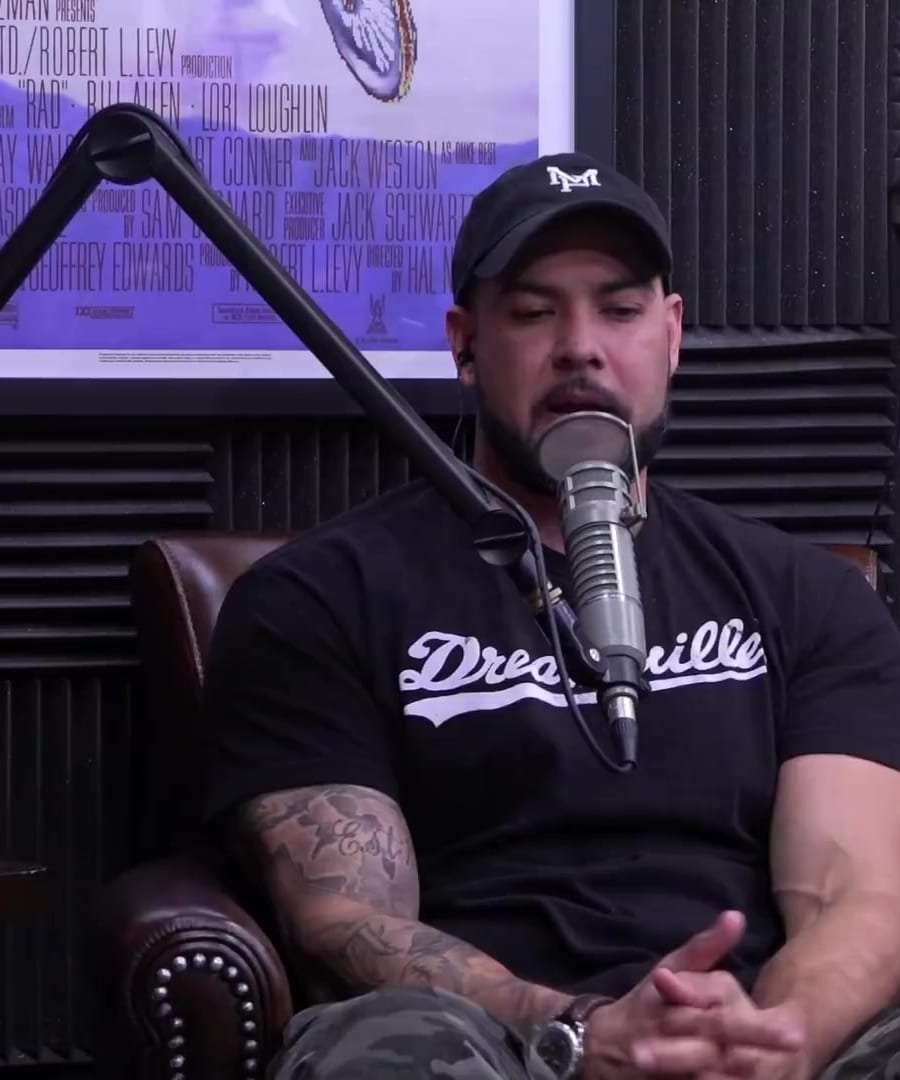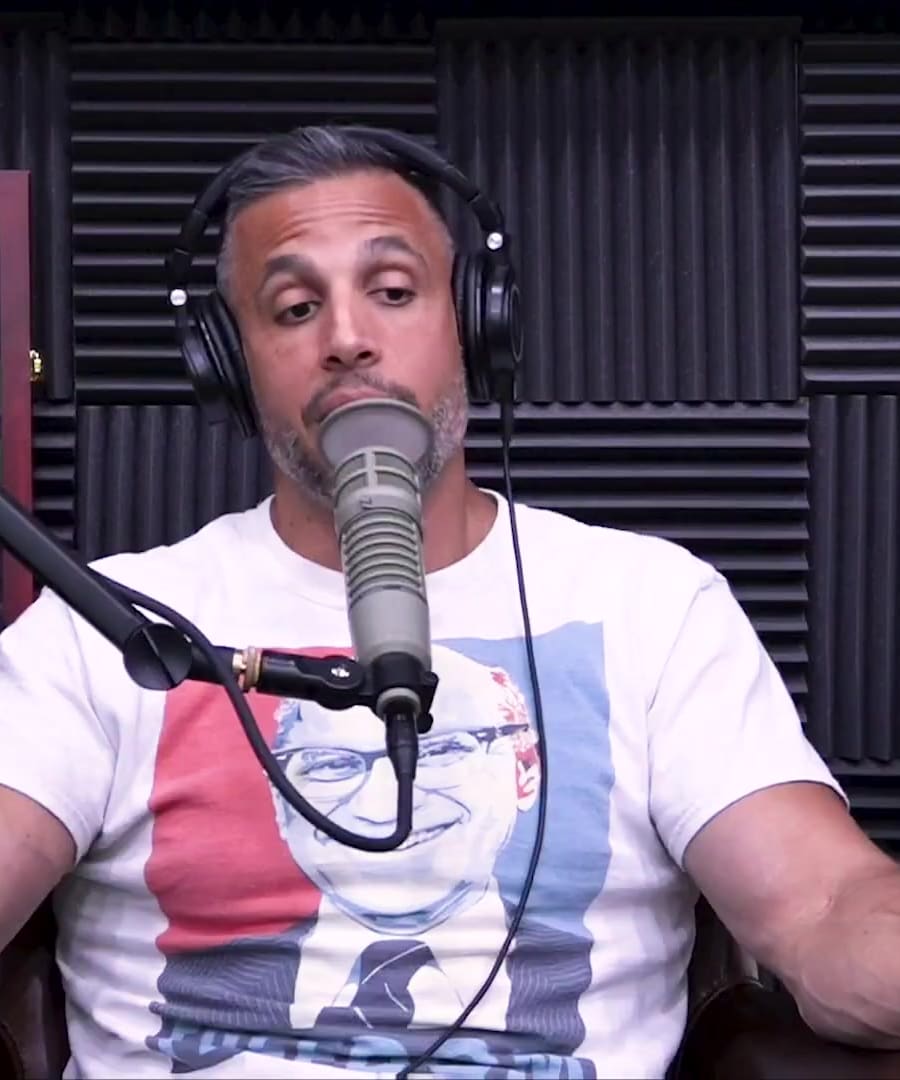How to test for low testosterone?
Sources:
Testing for low testosterone involves several steps, and here are some of the key insights from the :
-
Blood Panel: The first step is to get a blood test to measure total testosterone, free testosterone, and other relevant hormones. This is crucial if you're experiencing symptoms like low libido, low energy, and low motivation 1.
-
Establishing a Baseline: Even if you feel fine, it's recommended to get your testosterone levels tested to establish a baseline. This can be useful for future comparisons if you start experiencing symptoms later on 2.
-
Testing Frequency: Ideally, you should test your hormone levels every quarter (every few months) to track how factors like diet, exercise, and sleep affect your testosterone levels 3.
-
Nutrient Deficiencies: When testing for low testosterone, check your nutrient levels, particularly zinc and vitamin D, as deficiencies in these can impact testosterone levels 4.
-
Hormone Specialist: If your testosterone levels are borderline (e.g., around 300 ng/dL or slightly above), consult a hormone specialist to discuss potential treatments like Testosterone Replacement Therapy (TRT) if deemed necessary 5.
-
Lifestyle Factors: Addressing lifestyle factors such as improving sleep, nutrition, and exercise can naturally boost testosterone levels. If these changes don't help over a period (e.g., 4-6 months), Western medicine can be considered for further intervention 6.
For comprehensive and accurate testing, visiting a healthcare provider or a specialized clinic is essential.
RELATED QUESTIONS-





